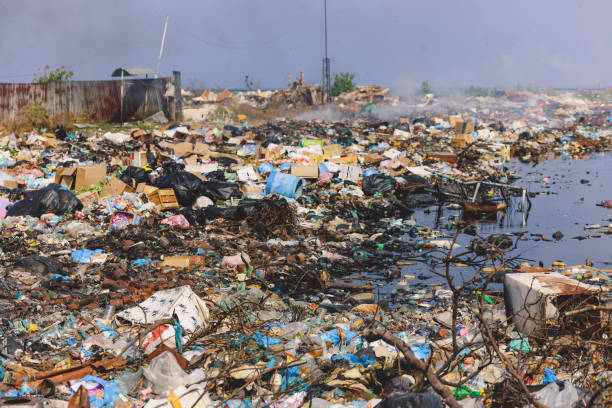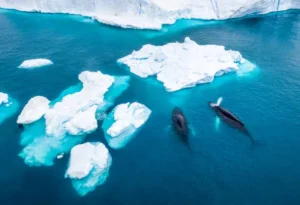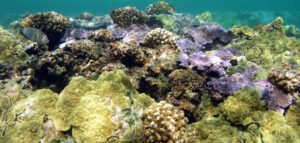Plastic pollution has reached catastrophic levels, threatening marine ecosystems worldwide. Every year, an estimated 8–12 million metric tons of plastic waste flow into the oceans—enough to cover every coastline on Earth. Broken into more smaller pieces. Microplastics, particles smaller than 5mm, have infiltrated the deepest ocean trenches and even marine food chains, posing risks to both wildlife and human health.
The Devastating Impacts
Plastic debris harms over 800 marine species, causing entanglement, ingestion, and poisoning. Seabirds, turtles, and whales mistake plastics for food, leading to starvation or internal injuries. Microplastics, which accumulate toxins, are consumed by fish and eventually reach human plates, introducing health risks like hormone disruption and inflammation.
The Great Pacific Garbage Patch—a floating mass of plastic waste—illustrates the scale of the problem, spanning an area twice the size of Texas. Beyond aesthetics, such pollution disrupts ecosystems, depletes oxygen levels, and damages coral reefs.
Major Causes of Ocean Plastic Pollution
Single-Use Plastics: Items like straws, bottles, and packaging account for a significant portion of marine debris.
Improper Waste Management: Inadequate systems in many countries result in plastics being dumped into waterways.
Fishing Gear: Ghost nets and discarded equipment contribute heavily to marine litter.
Industrial Microplastics: These include beads in cosmetics and fibers shed by synthetic clothing.
The Recycling Reality
Recycling is often touted as a solution, yet only 9% of global plastic waste has been recycled since production began in the 1950s. Approximately 12% is incinerated, while a staggering 79% accumulates in landfills or the environment. With billions of tons of plastic now in the oceans, recycling alone cannot keep pace.
Innovative policies like extended producer responsibility (EPR) and advances in recycling technology are crucial. However, these need global adoption to make a significant dent. Transitioning to circular economies, where plastics are designed for reuse and minimal waste, is essential for meaningful change.
What Can Be Done?
Global efforts like the UN’s plastics treaty aim to reduce plastic production, manage waste, and promote sustainable alternatives. Innovations such as biodegradable seaweed-based plastics and plastic-eating microorganisms offer hope. Meanwhile, large-scale cleanup projects have removed millions of kilograms of waste, showing that change is possible with concerted action.
Call to Action
Understanding the scale of this crisis is the first step. While systemic changes are vital, individual actions like reducing single-use plastics, supporting policies for sustainable production, and promoting awareness can collectively shift the tide. The ocean is a lifeline for our planet—let’s protect it before it’s too late.




